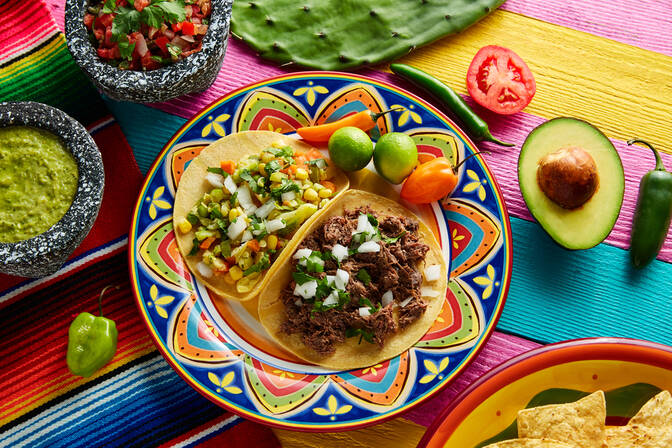Cinco de Mayo
May 5, Monday

Although the day is often confused with Mexican Independence Day (September 16), Cinco de Mayo has its own historical and cultural significance.
Historical Context
In 1861, following the Reform War, Mexico faced a serious economic crisis and temporarily suspended its foreign debt payments. This led to military intervention by the European powers France, Great Britain, and Spain. Although Spain and Britain soon retreated, France, under Napoleon III, decided to occupy Mexico and establish its influence.
On May 5, 1862, the Mexican army under General Ignacio Zaragoza defeated the better-equipped French troops near the city of Puebla. Although this victory did not stop the French intervention, it raised the spirit of the Mexican people and became a symbol of resistance and patriotism.
Holiday Traditions
Cultural events. Musical performances (mariachi), dancing (including traditional Mexican ballet folklore). Exhibitions and fairs showcasing Mexican crafts and arts.
Food and Drink. The holiday menu includes tacos, enchiladas, churros and other Mexican dishes. Margaritas and tequila-based drinks are popular.
Decoration and Symbols. Streets and houses are decorated with Mexican flags, colorful ribbons and flowers. Traditional Mexican symbols such as sombreros, piñatas and national costumes are used.
Parades and Carnivals. Cities in the United States such as Los Angeles, San Antonio and Houston host large parades and carnivals involving local communities.
